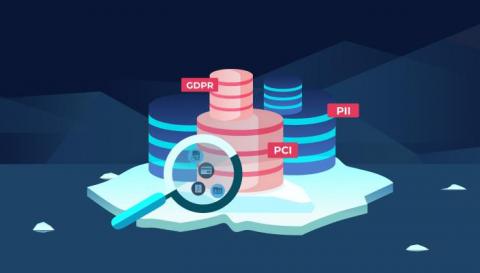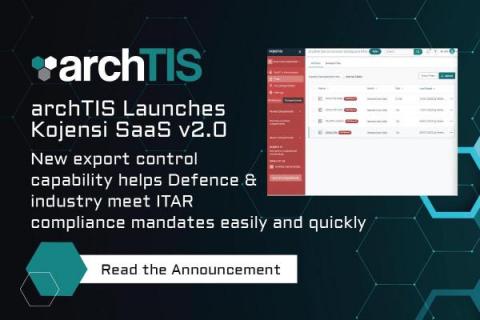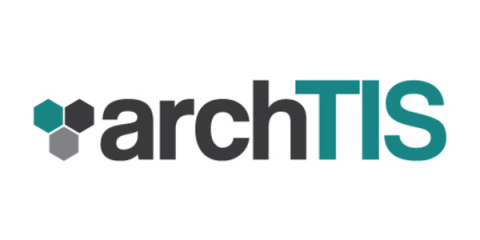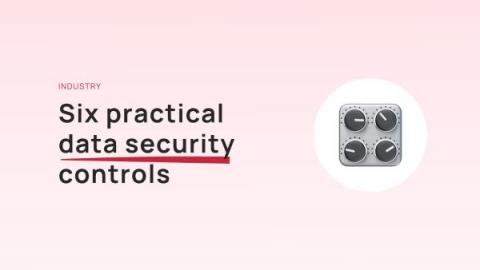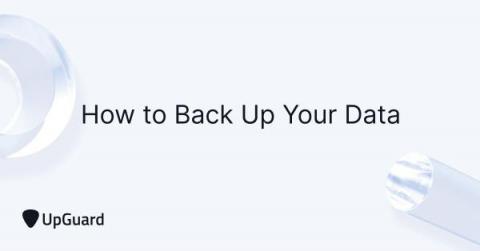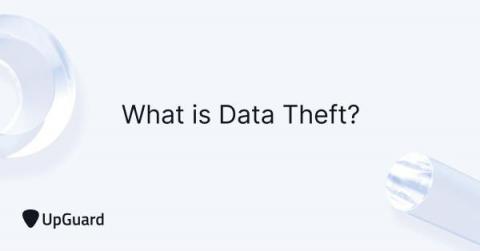Why is Identifying and Classifying Sensitive Data Important?
The high-risk cyber threat landscape shows no signs of slowing down, with serious data breaches and new regulatory requirements governing sensitive data protection. Two notable examples are the upcoming CPRA amendment to California’s CCPA personal data regulation in January 2023 and an amended GLBA Safeguards Rule that sets out stricter cybersecurity procedures for financial entities.


